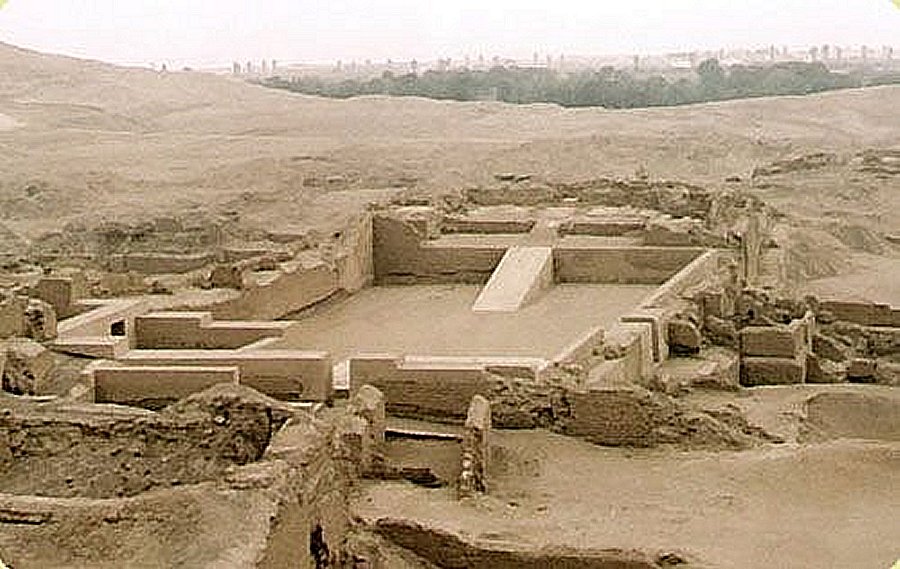Pre-Columbian Pachacamac Site Dedicated To God Of Creation, Fire And Earthquakes In Inca Religion
A. Sutherland - AncientPages.com - On the Peruvian coast, the natives worshiped a fish god named Pachacamac (or Pacha Kamaq) - "The One Who Generates (or animates) the World". It was Pachacamac who created the world and all the creatures that inhabit it. According to Inca mythology, Pachacamac was the god of fire and earthquakes and the child of the sun.
Pacha means "Earth" and Camac means "creator" was originally worshipped by a group of Indian peoples of the coast of Peru (Yuncas) and later adopted by the Incan Empire.
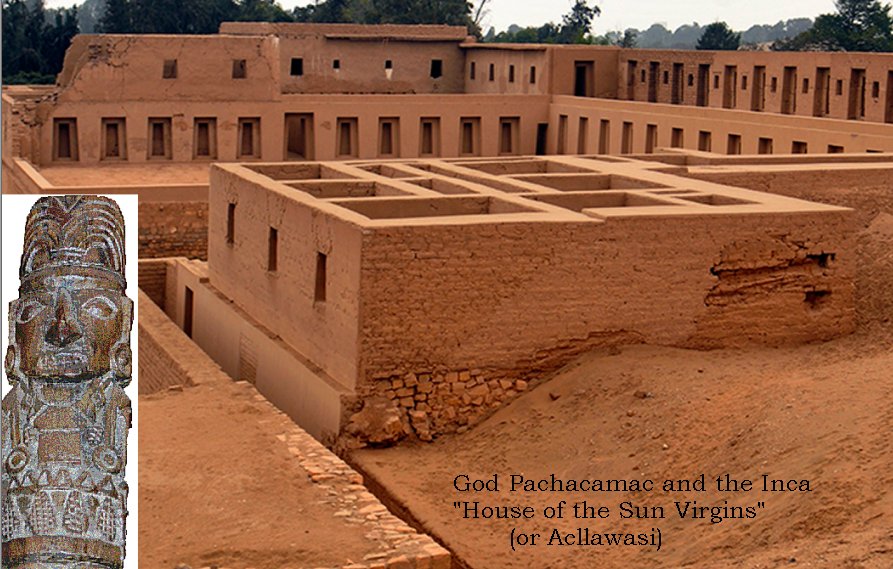
God Pachacamac; Background image credit: ancientsummit.com
Thus, the name of this god appeared in the title of several rulers, and the site, Pachacamac, was the most important religious center in pre-Hispanic times and was worshiped by the people who lived in this part of Peru. The Inca took him into their pantheon, however, he was never as important as Viracocha, who was seen as being more powerful.
The site of this god was Pachacamac, which is now an archaeological complex of ruins, is situated about 40 km southeast of Peru's capital Lima.
Many architectural remains of this pre-Inca complex include dwellings, 17 mud-brick pyramid-shaped temples, a graveyard, frescoes decorating the adobe walls, and several other structures created by different cultures related to the area. Most of the historical objects at the site are from the time before the Europeans appeared in Peru.
Based on ancient records, the first settlements at the site date back to 200 BC but the ceremonial center flourished much later during the period of the Lima culture (1300 AD. to 1400 AD).
It is known that the great Ceremonial Center devoted to Pachacamac included several temples, roads, and the so-called Painted Temple with numerous designs of fish, plants, men, and plants in red, yellow, green, and black mural paintings. The structures were established by the Ichma culture that was indigenous to the region and flourished on the central coast of Peru in the Lurin Valley around 1000 AD and later spread to the Rimac Valley.
When the Inca civilization began to spread, the Ichma disappeared.
The site is believed to have been the most important pre-Hispanic religious center and as Miguel de Estete, a Spanish chronicler reported in 1533, Pachacamac was visited by pilgrims coming even from the Ecuadorian coast with silver, gold, and other offerings.Today, the ceremonial center of Pachacamac has a museum that stores a large number of artifacts linked to the Wari, Lima, Ichma, and Inca cultures.
Archaeological excavations have revealed a large cemetery with several mummies and many still remain hidden under the sand and behind the cemetery. There are structures such as ‘Painted Temple’ (or ‘Templo Pintado’) and the temple of the god Pachacamac, where archaeologists also found a wooden figurine depicting the god, Pachacamac, one of the most widely known artifacts.
The Moon Temple (Mamaconas) and the House of the Sun Virgins (Acllawasi) a place where almost 200 "chosen ones" lived and dedicated their lives to the cult of the Sun and of the Inca. The most spectacular ruins are those of the Temple of the Sun, built by an estimated 50 million clay tiles.
Ancient sources indicate the original pre-Hispanic ancient temple of Pachacamac faced the northwest side of the coast and had terraced sides. Many decorated rooms were ready for the reception of distinguished guests and they were also used for the preparation of ritual sacrifices.
Only priests, pilgrims, and noblemen could reach the temple’s shrine, but first, they had to fast for twenty days. Above the inner shrine stood a pyramid decorated at the top with the wooden figurine of Pachacamac. No-one, except the priest, were able to approach the so-called oracular chamber for consulting the oracle in important matters. However, also the priests were forbidden to look directly at the figure of the god, hidden behind a textile hanging before it.
He was the only individual who had the privilege of seeing simultaneously in the opposite direction.
The buildings of Pachacamac witnessed the rise and fall of several different cultures with one most important and common belief in the highest god, Pachacamac. The structures demonstrate mastery of complex architectural techniques of the ancient people.
Written by – A. Sutherland AncientPages.com Staff Writer
Copyright © AncientPages.com All rights reserved. This material may not be published, broadcast, rewritten or redistributed in whole or part without the express written permission of AncientPages.com
Expand for referencesMore From Ancient Pages
-
 Last Homo Erectus Lived 117,000 Years Ago At Ngandong
Archaeology | Dec 19, 2019
Last Homo Erectus Lived 117,000 Years Ago At Ngandong
Archaeology | Dec 19, 2019 -
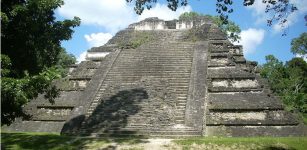 History Set In Stone – Maya Rulers Put Their Personal Stamp On Ancient Monuments
Archaeology | Sep 22, 2021
History Set In Stone – Maya Rulers Put Their Personal Stamp On Ancient Monuments
Archaeology | Sep 22, 2021 -
 On This Day In History: Soviet Spacecraft Venera 7 Launched: First To Send Data From Venus To Earth – On Aug 17, 1970
News | Aug 17, 2016
On This Day In History: Soviet Spacecraft Venera 7 Launched: First To Send Data From Venus To Earth – On Aug 17, 1970
News | Aug 17, 2016 -
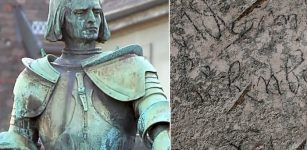 A Graffiti Inscription With The Name Of Knight Adrian von Bubenberg – Found On Mount Zion In Jerusalem
Archaeology | Nov 30, 2022
A Graffiti Inscription With The Name Of Knight Adrian von Bubenberg – Found On Mount Zion In Jerusalem
Archaeology | Nov 30, 2022 -
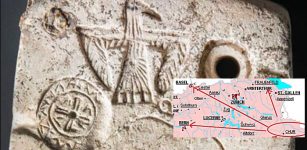 1,000-Year-Old Multi-Shaped, Double-Sided Mold For Jewelry Found In Swiss City Of Chur
Artifacts | Jul 26, 2020
1,000-Year-Old Multi-Shaped, Double-Sided Mold For Jewelry Found In Swiss City Of Chur
Artifacts | Jul 26, 2020 -
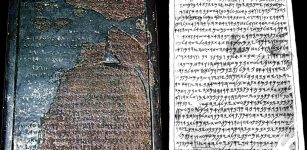 New Reading Of Mesha Stele And Consequences For Biblical History
Archaeology | May 2, 2019
New Reading Of Mesha Stele And Consequences For Biblical History
Archaeology | May 2, 2019 -
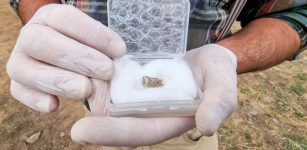 1.8-Million-Year-Old Human Tooth Found In Georgia Offers More Information On Prehistoric Human Migrations
Archaeology | Sep 15, 2022
1.8-Million-Year-Old Human Tooth Found In Georgia Offers More Information On Prehistoric Human Migrations
Archaeology | Sep 15, 2022 -
 Yuezhi Civilization: Ancient Nomadic People Who Once Ruled Bactria
Civilizations | Nov 29, 2018
Yuezhi Civilization: Ancient Nomadic People Who Once Ruled Bactria
Civilizations | Nov 29, 2018 -
 4 Things Ancient Greeks And Romans Got Right About Mental Health
Featured Stories | Aug 30, 2024
4 Things Ancient Greeks And Romans Got Right About Mental Health
Featured Stories | Aug 30, 2024 -
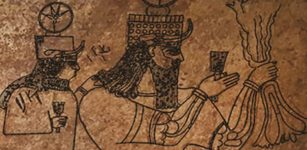 Unexpected Discovery Of Secret Underground Chamber Reveals Mysterious Neo-Assyrian Rock Panel
Archaeology | May 13, 2022
Unexpected Discovery Of Secret Underground Chamber Reveals Mysterious Neo-Assyrian Rock Panel
Archaeology | May 13, 2022 -
 Is Mysterious Pokaini Forest An Ancient Healing Center And Anomalous Zone?
Featured Stories | Aug 13, 2018
Is Mysterious Pokaini Forest An Ancient Healing Center And Anomalous Zone?
Featured Stories | Aug 13, 2018 -
 First Evidence Of Canoe Burial With Remains Of A Woman Discovered In Argentinian Patagonia
Archaeology | Aug 27, 2022
First Evidence Of Canoe Burial With Remains Of A Woman Discovered In Argentinian Patagonia
Archaeology | Aug 27, 2022 -
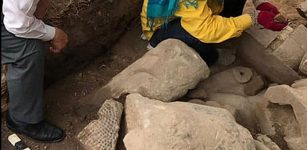 Buddha Statues With Broken Arms, Legs And Without Heads Unearthed In Angkor Wat, Cambodia
Archaeology | Apr 22, 2020
Buddha Statues With Broken Arms, Legs And Without Heads Unearthed In Angkor Wat, Cambodia
Archaeology | Apr 22, 2020 -
 Faces Of Queen Nefertiti And King Akhenaten Reconstructed Using Artificial Intelligence
News | Mar 22, 2021
Faces Of Queen Nefertiti And King Akhenaten Reconstructed Using Artificial Intelligence
News | Mar 22, 2021 -
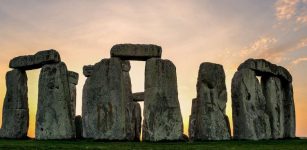 What Was On The Menu For Stonehenge’s Builders, 2500 BC? Milk, Yoghurt And Cheese Only Eaten In Exclusive Ceremonies
Archaeology | Oct 14, 2015
What Was On The Menu For Stonehenge’s Builders, 2500 BC? Milk, Yoghurt And Cheese Only Eaten In Exclusive Ceremonies
Archaeology | Oct 14, 2015 -
 The Maya Produced Rubber 3,000 Years Before Goodyear
Ancient History Facts | Mar 12, 2016
The Maya Produced Rubber 3,000 Years Before Goodyear
Ancient History Facts | Mar 12, 2016 -
 Fashion Police Enforced Gender Norms In Early Modern Genoa
Social Sciences | Dec 11, 2024
Fashion Police Enforced Gender Norms In Early Modern Genoa
Social Sciences | Dec 11, 2024 -
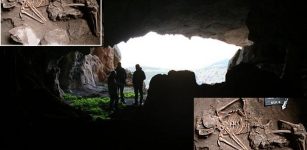 Ancient Genomes Suggest Farming In Africa Was Ignited By Oversea-Migrants From Iberia 7,400 Years Ago
Archaeology | Jun 7, 2023
Ancient Genomes Suggest Farming In Africa Was Ignited By Oversea-Migrants From Iberia 7,400 Years Ago
Archaeology | Jun 7, 2023 -
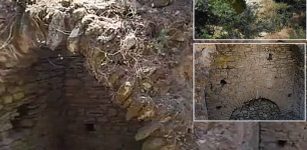 Colosseum-Like Structure Unearthed In 2700-Year-Old Ancient City Of Mastaura
Archaeology | Aug 22, 2020
Colosseum-Like Structure Unearthed In 2700-Year-Old Ancient City Of Mastaura
Archaeology | Aug 22, 2020 -
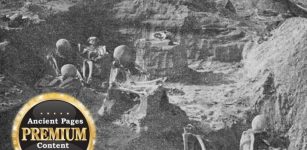 Giants Roamed The Earth Millions Of Years Ago
Featured Stories | Sep 30, 2015
Giants Roamed The Earth Millions Of Years Ago
Featured Stories | Sep 30, 2015


![Statues of Pachacamac, this god was worshiped by the Ichma culture. Pacha Kamaq ('Earth-Maker') was considered the creator god by the people who lived in this part of Peru before the Inca conquest. The Inca took him into their pantheon,[1]:187 but was not an equal of Viracocha, who was seen as being more powerful. Image credit: limaeasy.com](https://www.ancientpages.com/wp-content/uploads/2018/05/pachacamacsite15.jpg)
